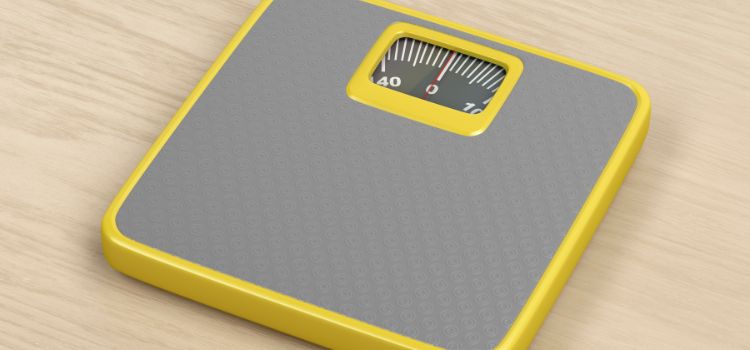As an Amazon Associate I earn from qualifying purchases.
Riding a moped involves more than simply slicing through traffic or taking a leisurely ride in the wind; it also involves being aware of your bike’s dynamics, especially its weight. For every rider, knowing the answer to the question “How much does a moped weigh?” is more than simply a subject of curiosity. This essay explores the world of mopeds in great detail, explaining what they weigh and why they matter to you.

How Much Does a Moped Weigh?
A moped’s weight may vary significantly according to the kind, model, and materials that went into making it. Mopeds typically weigh between 180 to 350 pounds, or 82 and 159 kilograms. The moped’s frame material, engine size, and other features like storage pockets or electronic start methods all affect its range.
The Impact of Weight on Moped Performance
Both novice and experienced riders must comprehend how a moped’s weight impacts its operation. While lighter mopeds are more maneuverable and may be more fuel-efficient, heavier mopeds may provide excellent stability and longevity. To choose the best moped for your requirements, weight and performance must be balanced.
Comparing Moped Weights: From Lightweights to Heavyweights
Mopeds are available in a range of weight classifications, each ideal for a particular rider’s needs and tastes. Lighter mopeds are easier to handle and store, making them perfect for quick urban journeys. However, larger mopeds may be more appropriate for longer journeys since they provide more stability and comfort when driving.
Materials and Moped Weight: A Critical Analysis
The weight of mopeds is mainly determined by the materials that were used in their manufacture. Although aluminum and other lightweight materials help decrease weight, steel frames are strong and long-lasting, which affects the moped’s handling and overall performance.
Engine Size and Its Effect on Moped Weight
Any moped’s engine is its heart, and the size of the engine not only determines how well it runs but also adds weight to the whole thing. More significant engines are heavier and provide greater power, which affects the moped’s handling and fuel economy.
Innovations in Moped Design: Reducing Weight for Better Performance
Mopeds are becoming more lighter and more efficient due to constant technological and design advancements. This section examines how advancements in engineering, design, and materials science are enabling significant weight reduction without sacrificing functionality or longevity.
The Role of Weight in Moped Safety
When it comes to moped safety, weight is essential. Accident risk is decreased by stability and control provided by a well-balanced weight distribution. This section of the essay explains how knowing the weight of your moped may let you ride more securely and assuredly.
Fuel Efficiency and Weight: Finding the Sweet Spot
The weight and fuel economy of a moped are directly correlated. Lighter mopeds often use less gasoline, which makes them more affordable to operate as well as simpler to control. This section looks at the financial implications of weight changes on gasoline usage.
Maintenance and Weight: Easier Handling, Lower Costs
One aspect of moped ownership is maintenance, and how simple or difficult this is depends on the weight of the vehicle. Lighter mopeds are often more straightforward to carry and move, which may reduce the difficulty of maintenance jobs and perhaps save repair costs.
Transporting Your Moped Weigh Considerations
Your moped’s weight will be an essential consideration if you need to move it. This section contains pointers and recommendations for transferring mopeds of different weights safely and effectively, whether you’re taking it on a vacation or relocating it.
Accessorizing Your Moped Weigh and Balance
Your moped’s utility and look may be enhanced by adding extras, but doing so may compromise its balance and weight. This section of the article offers advice on how to choose accessories sensibly to preserve safety and performance.
How Moped Weight Influences Riding Experience
Your moped’s weight may have a significant impact on several aspects of riding, including how well you manage twists and curves and how fast you can stop. In this article, we explore the connection between weight and riding pleasure and provide advice on how to maximize your moped’s enjoyment.
Choosing the Right Moped Weigh Matters
A moped’s weight should be taken into account in addition to its style, speed, and cost. This section explains what weight parameters to consider when selecting a moped that meets your demands and riding style.
Conclusion: The Significance of Knowing Your Moped Weigh
Knowing how much your moped weighs can help you make wise choices about what to buy, how to ride, and how to keep it maintained. The many variables that govern moped weight and how they impact everything from performance to safety have been thoroughly covered in this extensive guide. With this information at hand, you may pick the ideal moped for your requirements and have a fun, safe, and efficient ride.
FAQs About Moped Weigh
Mopeds are more straightforward to operate and use less gasoline than motorbikes since they weigh a lot less overall.
Yes, many mopeds can accommodate passengers, but in order to guarantee safety, make sure you don’t go above the weight restriction set by the manufacturer.
In order to distinguish mopeds from motorcycles for licensing and registration reasons, certain places do, in fact, have legal weight limitations for mopeds.
You can typically find the precise weight of your moped on the manufacturer’s website or in the owner’s handbook.
A moped’s weight may affect its mobility and performance, but it usually has little bearing on its resale value, which is mainly determined by factors like condition and brand.
Best practices for operating a larger moped include learning safe lifting procedures and becoming used to the balance and control of the vehicle.
As an Amazon Associate I earn from qualifying purchases.








